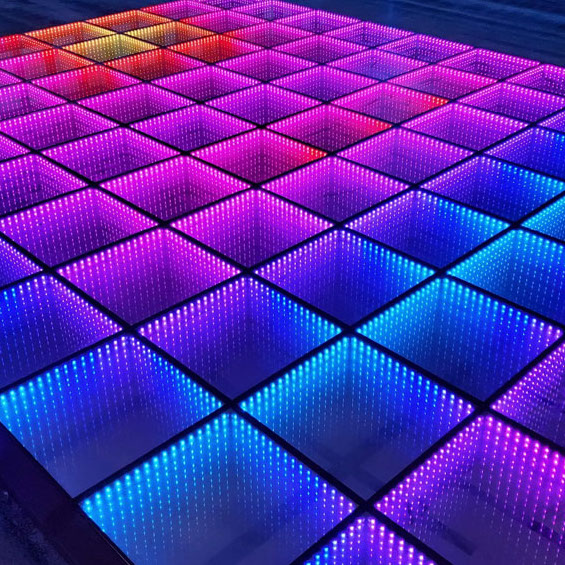Key Techniques to Maximize the Strength of Your Dance Flooring
Wiki Article
To preserve a dancing floor's durability, it is crucial to comprehend the materials and construction that contribute to its strength. Performance floors are typically crafted from timber, vinyl, or customized foam materials. Each type has its own advantages and drawbacks. Timber surfaces provide superior flexibility and impact resistance, rendering them ideal for various movement disciplines. Synthetic surfaces are often simpler to clean and can be engineered with slip-resistant surfaces, which is vital for safety. Custom foam surfaces offer cushioning, which can help prevent injuries. Selecting the appropriate option based on the planned use of the performance floor significantly impacts its lifespan.
Routine maintenance is vital for prolonging the lifespan of a performance surface. This involves sanitizing and restoring the surface as required. For wooden floors, it is important to brush or hoover consistently to remove debris and dirt that can scratch the finish. Furthermore, applying a protective coating or treatment every few cycles assists in protecting against moisture and erosion. Synthetic floors should be mopped with appropriate cleaners that do not damage the surface. Keeping a consistent cleaning schedule will not only preserve the appearance of the surface but also guarantee a safe dancing space.

Temperature and moisture control play a critical role in preserving a dance surface's quality. Ideal conditions for timber floors are generally a temperature of sixty to eighty degrees °F and a moisture level of forty to sixty percent. High humidity can this cause timber to distort or develop fungus, while overly dry conditions can result in cracking. In areas where moisture ranges vary, it may be advantageous to invest in a humidifier or drying unit. For synthetic or cushioned surfaces, maintaining adequate airflow can help reduce humidity accumulation that might compromise their integrity.
Proper usage is another critical strategy for prolonging the life of a dance floor. It is important to set guidelines for activities that take place on the floor. For instance, stiletto shoes or sharp items should be avoided as they can cause lasting damage. Keeping furniture outside of dance areas also prevents marks and dents from occurring. If the venue accommodates various activities, placing protective covers during non-dance uses can further shield the surface from wear.
Ultimately, periodic expert evaluations are an effective method to ensure continuous maintenance of a performance floor. see Hiring experts who focus on flooring can deliver useful insights into possible issues before they turn into serious concerns. These professionals can recommend advice on restorations or refinishing options that might extend the lifespan of the floor substantially. By investing in routine evaluations and adjustments, facility managers can ensure that their dance surface remains secure, attractive, and practical for years to come.